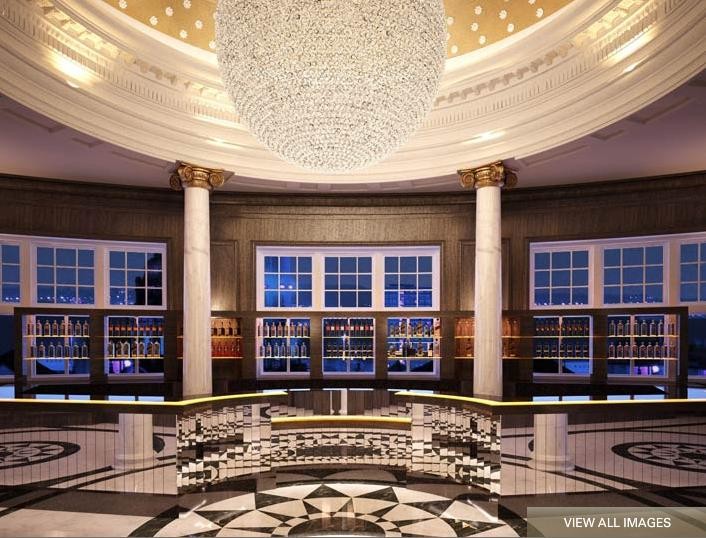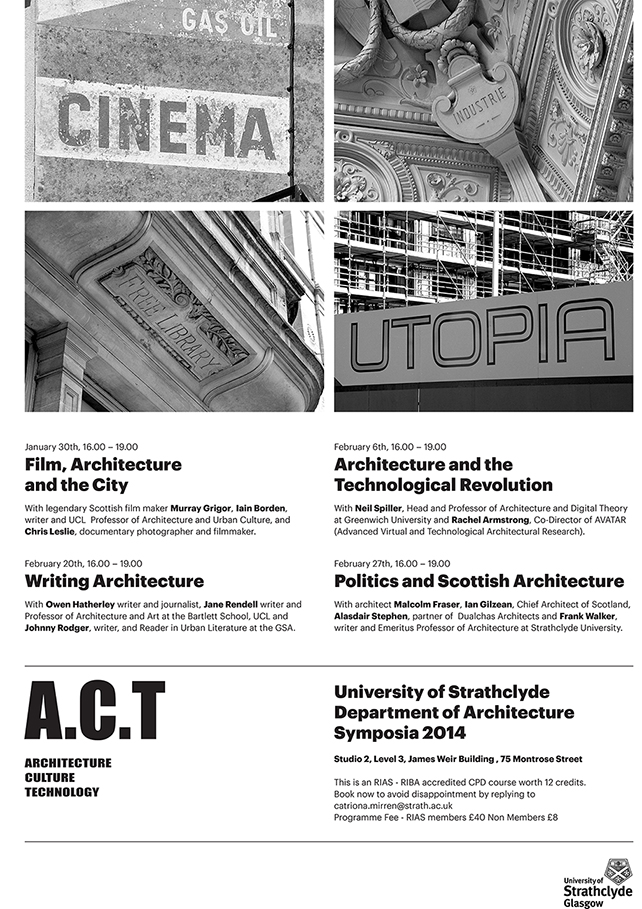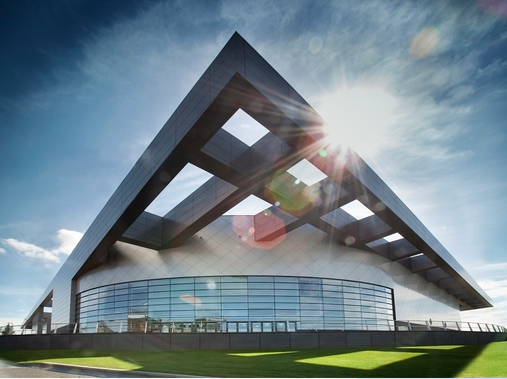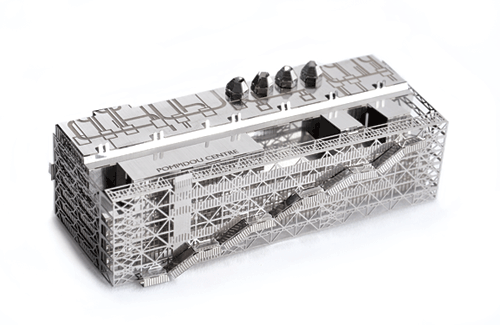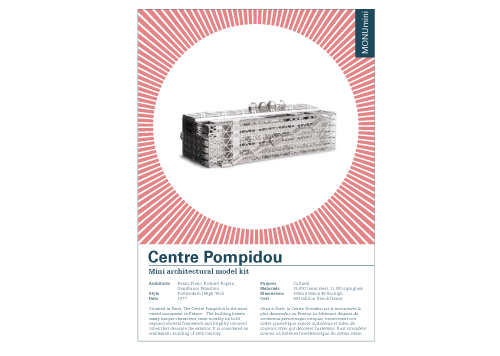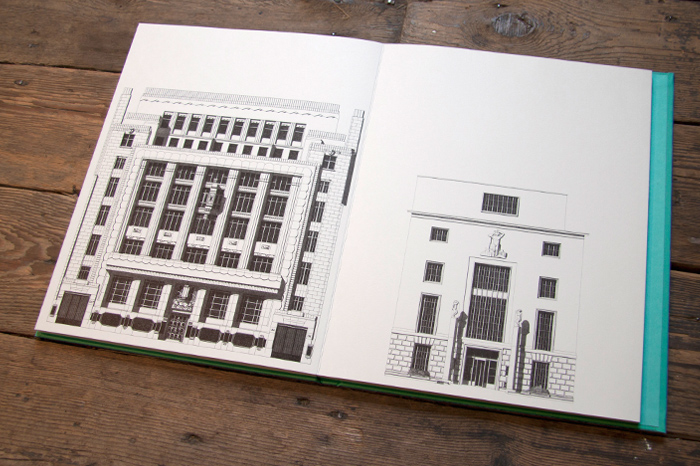Yasmin Ali
Urbanism // Design
GCHT/RTPI PechaKucha: Trains and Places, 14/01/2014
January 19th, 2014
Image: Newly-refurbished Grand Central Hotel / Urban Realm
Glasgow City Heritage Trust (GCHT) and the Royal Town Planning Institute’s West of Scotland Chapter hosted a Pecha Kucha night dedicated to the theme of ‘Trains and Places’, with the apt setting of the Grand Ballroom at the recently refurbished Grand Central Hotel which adjoins Central Rail Station in Glasgow.
For those unfamiliar with the Pecha Kucha format, it is a quick-fire style of creative presentation originating in Japan, where invited speakers spend about 20 seconds per slide on around 20 slides, resulting in a narrated slideshow of approximately 6 minutes. The format has taken off with regular events in cities all over the world, including Glasgow and Edinburgh. This edition had eight invited speakers, and seven talks, themed around ‘Trains and Places’.
Television presenter, historian and writer Dr. David Heathcote started the series of talks, following an introduction by Alistair MacDonald, Chair of RTPI & GCHT Trustee. Dr. Heathcote took us on a whistle-stop tour of The Orient Express, with particular emphasis on its romanticism of train journeys and the golden age of locomotive travel. Also of note was the influence of Art Deco style movement, and its appeal to both a masculine and feminine aesthetic; as well as the furniture design and cabinetry detailing as translated to train carriages, which were basically rooms on wheels.
This was followed by Diarmaid Lawlor, Head of A+DS, who gave an inspired talk on Platforms as spaces of departure and arrival; gathering and operating systems. In particular, this talk drew interesting parallels between physical and virtual platforms and the trend for websites to take on the language of the train, which has a role in community engagement. Lawlor cites examples of Glasgow-based creative arts platform Central Station; The Civic Crowd and The Place Station websites.
Liz Davidson, Principal of City Design at Glasgow City Council, followed on with reminiscences of experiences on the train, including a humorous anecdote of an incident on a Caledonian Sleeper. She also showed images of historic stations, some still existing and others since demolished and spoke of the romance of old stations perhaps better valued abroad, such as in the Parisian approach which had restored several heritage stations.
The first half of the evening was concluded by Glasgow School of Art’s Dr Bruce Peter, with an enlightened talk showing the parallels between trains and plans; stations and airports, respectively. There was much to be learned from the history of the locomotive and rail station design throughout the early to mid-twentieth century, taking its visual cues from the aircraft industry and airport design, and later The Jet Age. Following a break for drinks and networking, another GSA academic, Nicolas Oddy followed on with a personal illustrated talk peppered with images of acquired railway signs and remembrances of now-gone stations throughout Edinburgh, including Princes St Station.
Independent Heritage Consultant Fergus Sutherland gave an inspiring presentation on the work of James Miller, who designed many of the stations throughout the West of Scotland in the late 1800’s, including several on the picturesque West Highland Way line. Also in Miller’s portfolio are rail buildings in more urban locations, like the modernised Glasgow Central Station and remodelled Hotel in 1904, and St Enoch Underground Station’s ticketing office (now Café Nero) in the centre of the square of the same name.
The concluding talk was presented by Jill Scott and Bill Hicks, authors of ‘Glasgow Central Hotel’, the subject matter of which was the building which provided the setting for the evening. The event rounded off with a lively Q&A-based discussion.
Weblinks
GCHT website - here
RTPI (Scotland) website - here
PechaKucha website - here
CPD: Evening Symposia series at Strathclyde Architecture Dept.
January 14th, 2014
Strathclyde University is hosting a series of four evening symposia on discourses related to Architecture, Culture and Technology.
These have the added benefit of being CPD accredited for RIAS-RIBA and carrying 12 credits, as well as half-price for RIAS members, with further discounts available for advance booking. There are also concessions available for students, and it is possible to pay per symposium or on the door.
The first of the four starts on the 30th January with the topic 'Film, Architecture and The City', featuring talks from film makers Murray Grigor and Chris Leslie, alongside Professor Iain Borden from UCL.
The series runs on Thursday evenings, 4-9pm, at The James Weir Building on the university campus, until and including 27th February, except on the 13th February.
// for booking please click here
// Coverage to follow in February
Information correct at time of going to press. Article updated 15.01.14
Event Preview: Design Skills Symposium, Glasgow
January 10th, 2014
This year's Design Skills Symposium run by A+DS has an exciting agenda and venue. It will be held on the 20-21st March at the Emirates Stadium. With the Glasgow 2014 Commonwealth Games as a backdrop, the event will feature how a focus on a design-led approach to the creation of healthy sustainable neighbourhoods and community engagement can help to build the conditions for greater urban and economic resilience.
The event is intended for both built environment professionals, and people with an interest or involvement in the creation of places. It is delivered in partnership with the Scottish Government, Glasgow City Council and Clyde Gateway. A varied programme is on offer, including presentations, masterclasses, site visits and practical design exercises. The Scottish Government is running a pre-symposium drawing workshop entitled 'Drawing Places', designed for delegates wishing to implement drawing and design skills at The Lighthouse on the 27th February. This is provided at no extra cost; full details are also available on the symposium website.
// Bookings made before the 17th January are eligible for early bird rates. Discounted places are also available for students, recent graduates or individuals representing community groups.
// Coverage of the event will be published in March.
http://www.designskillsscotland.co.uk/
Another Studio: MONUmini
December 7th, 2013
Another Studio is a London-based design company specialising in minature gifts inspired by architecture, the urban environment and gardens. They have a range of products perfect for architects' stocking fillers and Christmas gifts alike. Of their current products, the MONUmini is a range which reproduces iconic modernist architecture in fold-out minature steel kits. Examples include The Brandenburg Gate, Notre Dame, alongside London icons like Battersea Power Station (now Tate Modern), Tower Bridge and The Barbican, recently joined by the new release of the BT Tower edition. The European complement has also been joined by the new replica of the Centre Pompidou, Renzo Piano and Richard Rogers' High Tech masterpiece.
The dimensionality of the Pompidou Centre makes it an interesting building to model and have as a keepsake. The model once constructed is 3 cms high x 10cms wide. It comes as a kit including a single flat sheet of etched stainless steel, with instructions on how to fold and interlock the pieces to create the model. Another Studio's kits are designed to be easy and sturdy to post and construct, and include an A5 envelope and a brief history of the building.
---
The MONUmini kits are priced at £15.50 each, and retail online from Another Studio’s webshop.
There are several shop stockists of Another Studio products, including the RIBA Bookshop and The Red Door Gallery in Edinburgh.
---
another studio http://www.another-studio.com/
London Deco
December 6th, 2013
Architectural illustrator Thibaud Herem's London Deco is a recent release from London-based independent publisher Nobrow Press. Everything about this book exudes the finest quality and attention to detail: from the intricate rapidograph ink drawings, to its large-scale concertina format, its Fabriano 200gsm paper and hardback binding.
Herem has faithfully documented in great detail the facades of eleven examples of London art deco architecture. These include the icons The Hoover Factory, BBC Building and the much-loved Battersea Power Station, now Tate Modern, as well as some lesser-known and smaller-scale gems such as theatres, car workshops, Southgate Underground Station (now decommissioned), and Islington's Screen on the Green. RIBA's headquarters also fittingly makes an appearance.
This is part of the Nobrow Leprello series, which takes its namesake from the Italian for 'concertina'. The book folds out to be 3 metres long, and on the reverse are charming silhouettes of the buildings, each with a brief history. The hand drawn images themselves are amazingly intricate, with no digital enhancements.
London Deco makes a beautiful and affordable Christmas gift for architects, and the current first edition is one to treasure for years to come.
--
Nobrow Press, Published October 2013, 20pgs, Hardback, 240 X 300mm, £25
Available at Nobrow shop and website, and RIBA Bookshop.
--
Weblinks
Nobrow - here
Thibaud Herem - here


